2019 Ducati Diavel 1260 S review, test ride
Redeveloped for 2019, the new Diavel 1260 range is faster and even more dynamically capable.
Published on Jun 25, 2019 06:38:00 PM
26,374 Views
Follow us on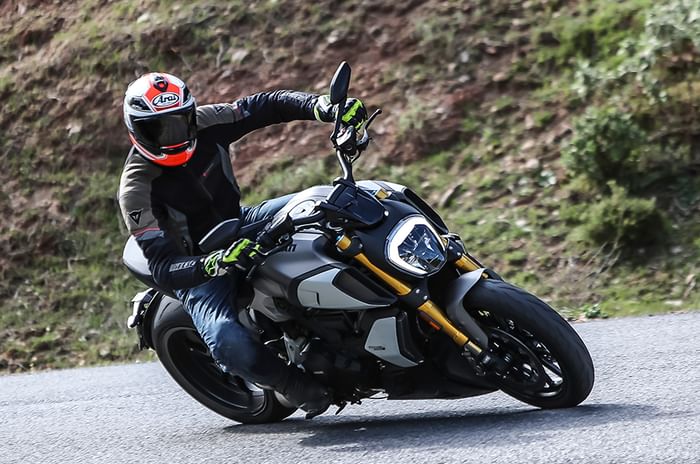
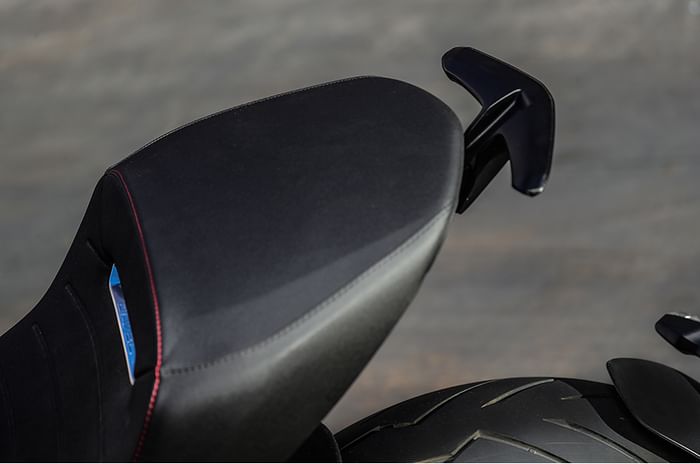
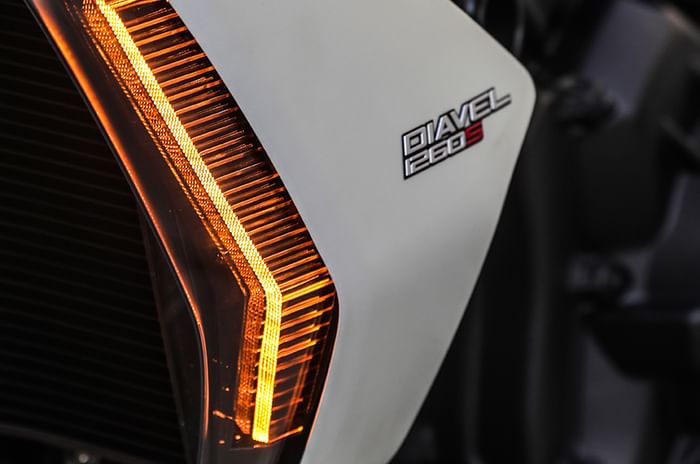
Turn signals are integrated into side panels.
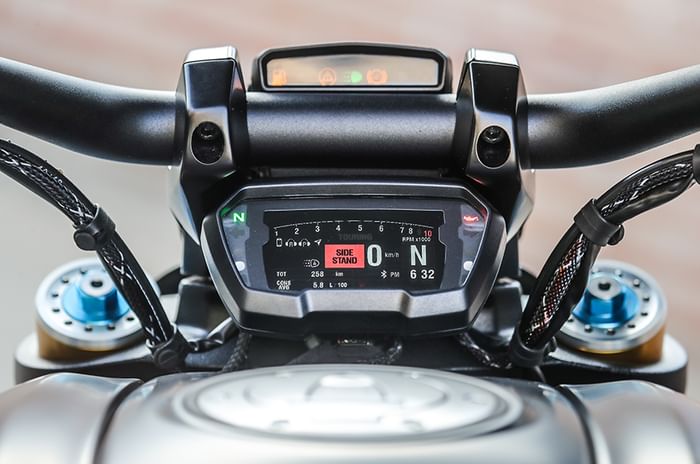
The very fact that motorcycles like the Diavel and the Hypermotard even exist is a testament to the wonderfully mad people in Ducati who know how to turn a seemingly ridiculous idea into sound business sense. After all, one of these machines is a ‘power cruiser’ with a massive sports bike engine and the other is a supermotard with, you guessed it, a massive sports bike engine! Well, they’re both doing well for the Italian brand, and fresh after the launch of the new Hypermotard 950 in India, the new Diavel 1260 is coming next.
What is it?
Conceived as Ducati’s counter to the sea of conventional cruisers, the original Diavel was anything but. It was bonkers fast, handled unlike any cruiser you’ve ever ridden, and sure enough, lazy cruising was probably the last thing you’d end up doing with it. Even so, the bike grew to be popular, to the point that it’s one of Ducati’s bigger breadwinners in our market. So when the brand-new one came out, Ducati flew us out to Spain in early March to try it; but then they slapped a massive embargo on us, which is why you’re reading this so much later than the rest of the world. 
Now, Ducati had two ways to take it when they forged the Diavel’s evolution – make it more cruiser, or make it more Diavel. Thankfully, the XDiavel that came out a couple of years ago is burdened with the task of attempting the former, which leaves the Diavel to ferment its own weird and wondrous identity. Good news then, because this bike is now even more of a nutter to ride.
What’s new with the mechanicals?
At the cornerstone of this update is the shift to the new 1260 engine from the old 1200. This 1,262cc, L-twin debuted in the XDiavel and has since found a home in the big Multistradas as well. Power and torque see small increments on the spec sheet, but the torque-curve is more generous at lower revs, which makes the whole experience feel even more quick. And with 159hp/129Nm in Euro-tune, ‘quick’ doesn’t even begin to describe the pace this motorcycle can carry. But we’ll get to that in a bit.
To work with this new motor, the Diavel also gets a new frame, which is similar to the XDiavel’s but with much more aggressive steering geometry and a different swingarm. In fact, the steering angle is now one degree shorter than the old Diavel’s, and trail has been reduced a bit as well, but Ducati has extended the wheelbase by 20mm. The engine has been moved back by 60mm to accommodate for the new front-mounted radiator (old one was split to the sides) and the exhaust pipe routing along the sides has been moved low, below the engine. Both these changes may offer some relief on just how hot things will feel in India traffic, but that’s just a theory for now.
What's new with the design?
The new 1260 retains the iconic Diavel silhouette, but gains an air of sleek sophistication, starting with the new XDiavel-style LED headlamp. The sensationally long fuel tank remains but there's a tiny new 3.5-inch TFT display peeking back at the rider. A bigger display would have definitely been nice, but it wouldn't have gone with the minimal aesthetic of the front end.
The angle I'm really fond of, though, is the side, where the entire seat unit appears to emerge from the main frame – you can barely see a subframe holding it together. This being a top-tier Ducati, there's a single-sided swingarm adding some glamour to the rear, while the massive L-twin catches your attention at the front. The rear end is minimal, with a pair of cool-looking LED slashes under the seat that function as brake lights and a clever retractable grab handle that hides away when you don’t need it. And then, of course, there’s that trademark Diavel rear tyre – a 240-section monstrosity that is instantly identifiable and impossible to take your eyes off, whether you’re a fan or not.
How does it ride?
Like it has no business to. Just as with the previous version, and now even more so, the Diavel’s handling is at complete odds with its appearance. Ducati casually refers to this 244kg motorcycle as the mega-Monster, and that just about sums it up. The changes to the chassis geometry have clearly worked, because this bike now steers faster and with noticeably less effort required at the handlebar. I remember with the old one, you had to firmly push the bar to get the bike turned in and then keep a constant pressure on the bar to keep the bike at lean. With this one, turn in is faster and I found that it stayed leaned over with much less effort. With just over 40 degrees of lean angle available, the Diavel goes a long way before foot pegs scrape, and I managed to do so just twice in the course of the day.
On the fast and flowing ribbon of incredible tarmac leading up to the Spanish hill town of Ronda, the Diavel was an absolute beast. We were flying through long sweeping corners at well above triple-digit speeds and stitching together the straight stretches between at a genuinely startling pace. Here, the Brembo M50 brakes proved to be brilliant, and they would be, considering that they come off a superbike, as did the comprehensive electronics package. In fact, the electronics are a step above the XDiavel, with the inclusion of eight-stage wheelie control, and the next generation of the Ducati Power Launch system, in addition to the cornering ABS and eight-stage traction control. On this road, the Diavel may have taken a little more effort than a traditional sports bike, but it sure as hell would have kept up.
With that being said, the traditional Diavel challenges still exist, though most of these are hardly an issue on the smooth roads of Europe and its cold climate. For starters, the engine hates anything below 2,500rpm, at which point you will notice that the clutch is heavy. The suspension setup also feels properly firm, and unless the settings are backed off for our roads, we’re going to be in for a bumpy ride.
How many versions are there?
Ducati sells two versions of the Diavel 1260 – the standard bike and a new S version (which you see here) that replaces the Carbon model from the previous gen. While the Carbon was essentially an expensive visual upgrade, the new Diavel S has more to offer. For starters the S gets Ohlins suspension at the front and back, and it also runs M50 Brembos, against the M4.32s on the standard bike. There are a few visual changes too, and the bidirectional quickshifter is standard only on the S. Both bikes get the same electronics package and engine tune.
When can I buy one?
Ducati plans to launch the new Diavel in India in August 2019 and both models will go on sale. As with the rest of the range, these bikes will come in as imports from Thailand. A look at the pricing structure abroad suggests that the base Diavel is a little more expensive than the base XDiavel, while the Diavel S is a little cheaper than the XDiavel S. With that in mind, a price range of Rs 17-20 lakh (ex-showroom, India) is safe to expect.
We’ll tell you more about the bikes once we get to ride them on our roads, but for now, the Diavel 1260 represents an even more entertaining and premium version of a mad-hatter of a machine.
Tech Specs 
Copyright (c) Autocar India. All rights reserved.

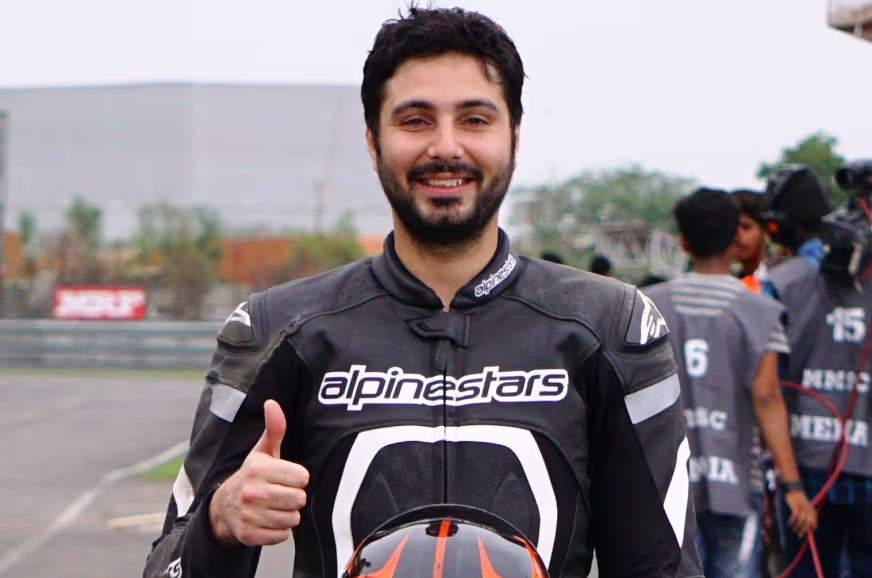
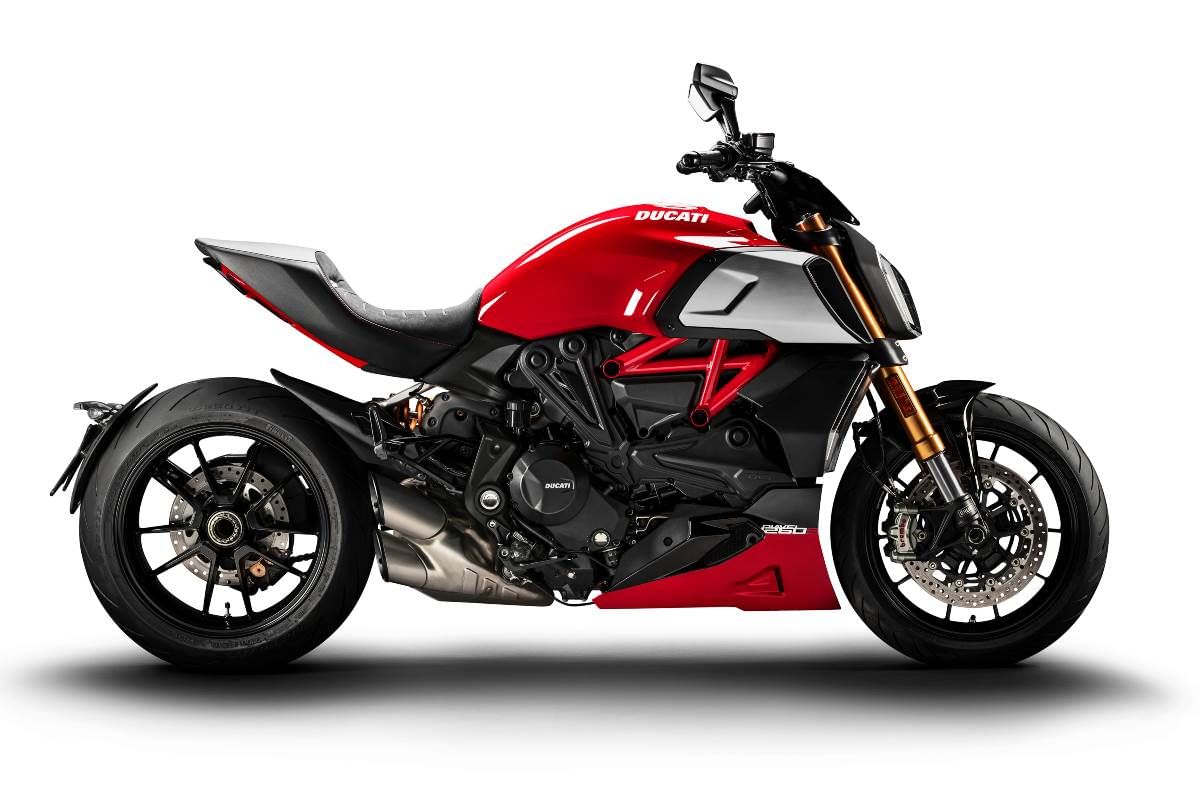

 Dimensions & Chassis
Dimensions & Chassis Engine
Engine Transmission
Transmission Suspension
Suspension Brakes
Brakes
Comments
Member Login
Personal Details
No comments yet. Be the first to comment.